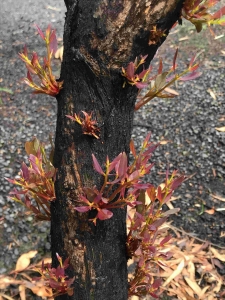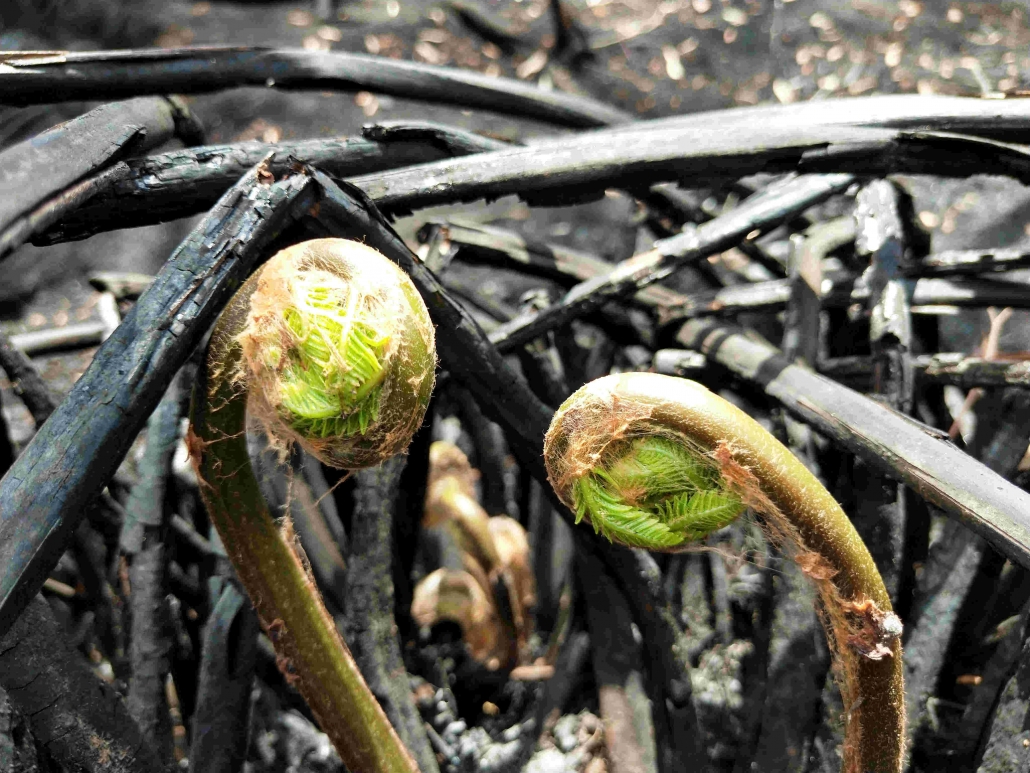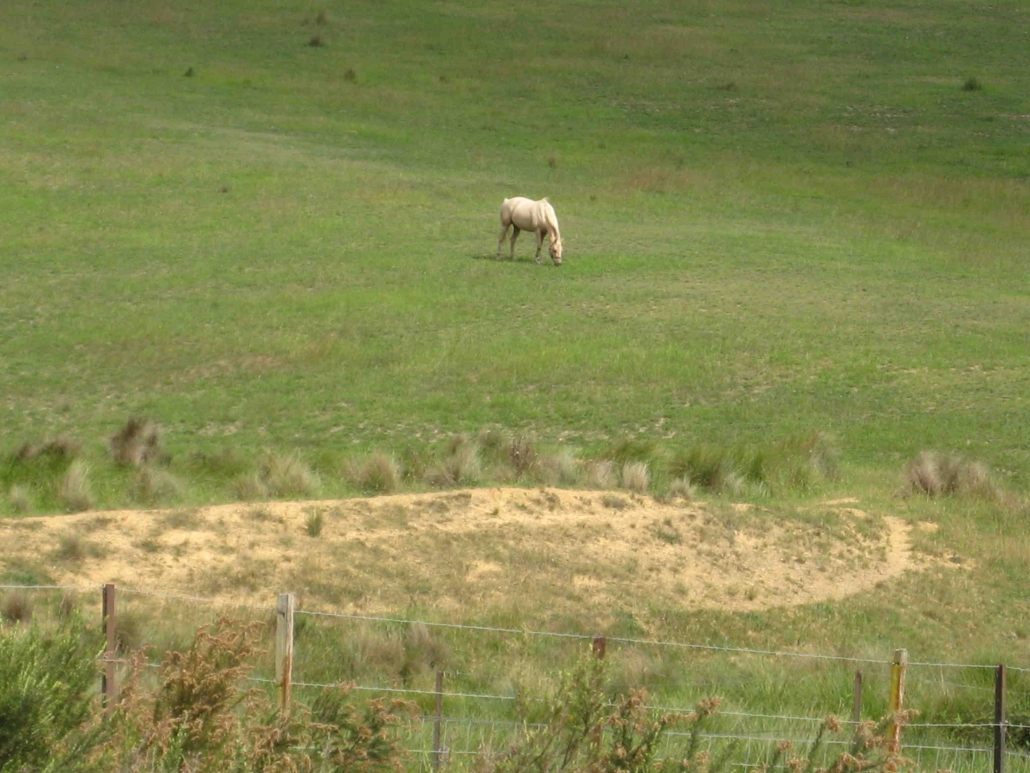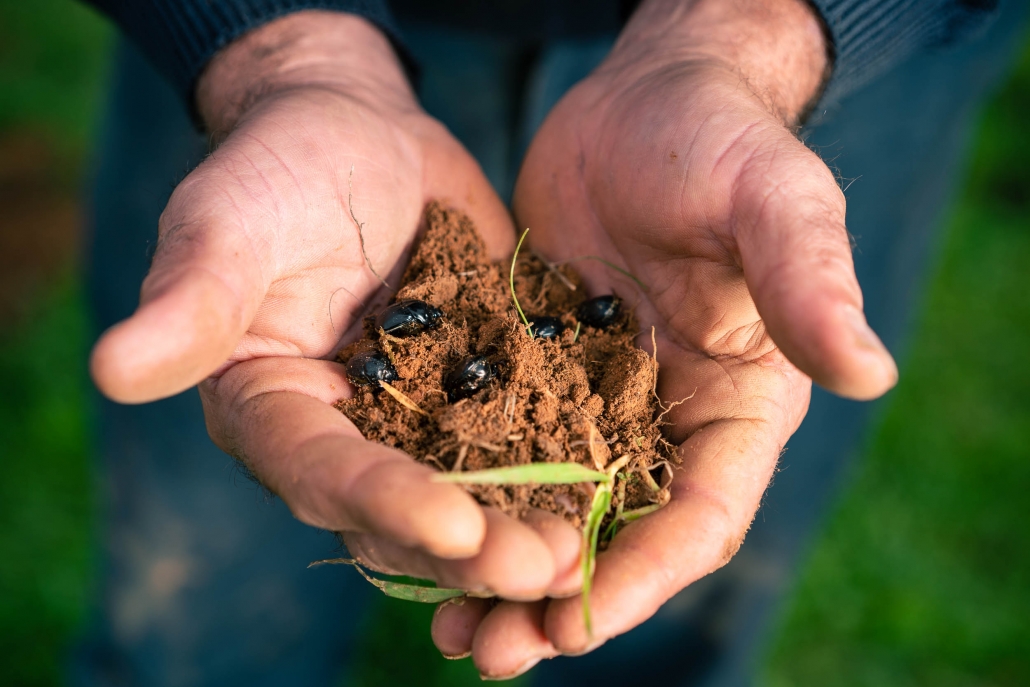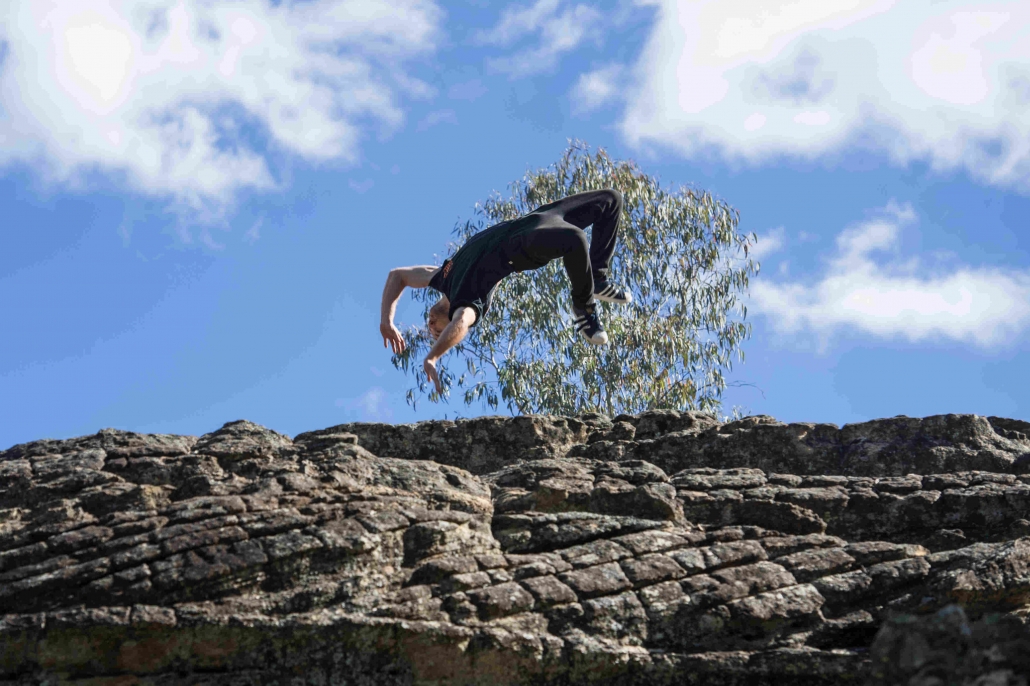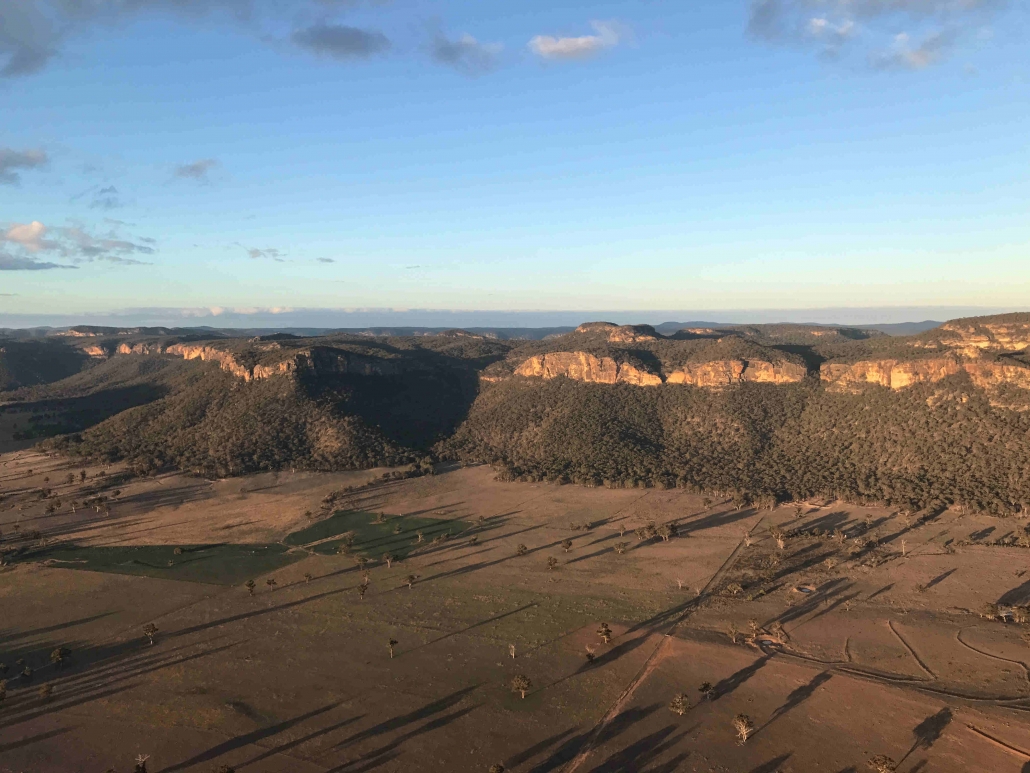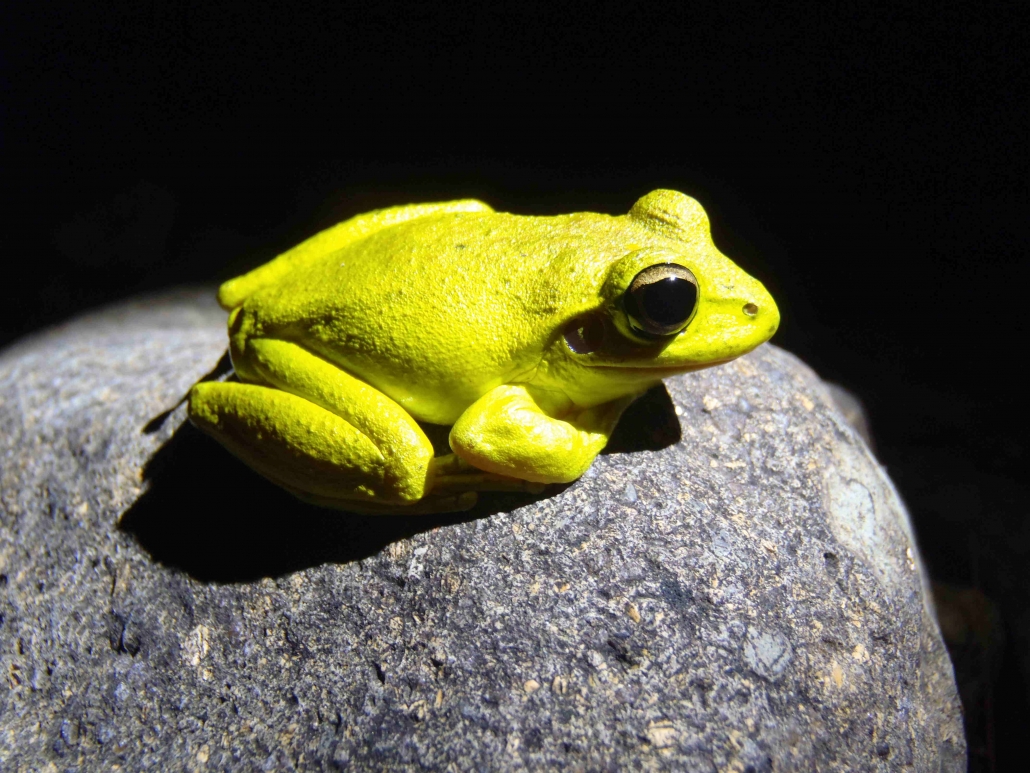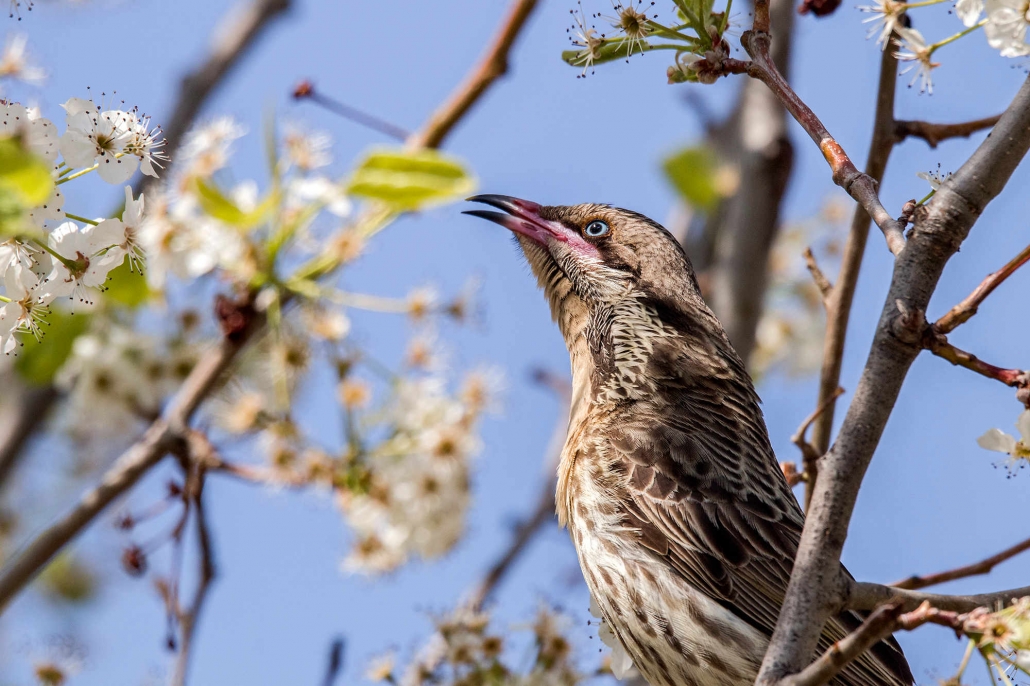Landholder incentives to enhance Box Gum Grassy Woodlands
Box Gum Grassy Woodlands were once widespread along the western slopes and tablelands of the Great Dividing Range. Today less than 4% of this ecological community remains.
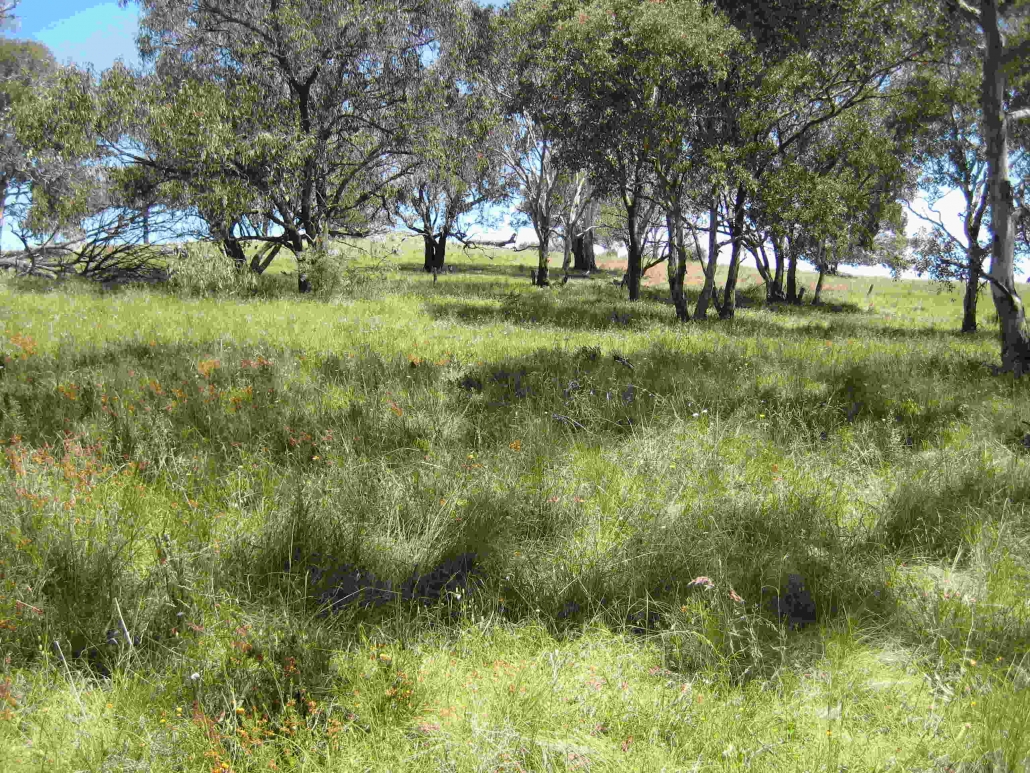
This endangered ecological community is closely associated with fertile clay loam soils of moderate depth on flat to undulating terrain. Within the Watershed Landcare region they occur mainly in areas with a 550 mm to 800 mm annual rainfall and an elevation below about 700 m above sea level.
Box Gum Grassy Woodlands are dominated by the eucalypts White Box, Yellow Box and/or Blakely’s Red Gum and are characterised by their understory; a sparse shrub layer and a diverse mix of native grasses and herbs.
Trees provide many valuable ecosystem services to productive systems, such as improved soil structure and fertility, shade and shelter for livestock and reduced soil moisture loss. They also serve as wildlife corridors, providing stepping stones for animals between foraging and nesting sites and water sources. This will become increasingly important as the habitat ranges of our native fauna shift as the climate continues to change.
Watershed Landcare have incentive funding available for landholders to conduct on-ground works to increase the extent or quality of Box Gum Grassy Woodland on the land they manage. As part of the Patches and Paths project, $7000 in funding is available each year until 2022.
Project funding can be utilised to contribute to materials and/or labour. Eligible activities include:
- fencing around mature, isolated paddock trees and remnant native vegetation clusters
- fencing to enable changed grazing management intended to allow natural regeneration of woodland vegetation species
- in-fill planting, especially to increase diversity of understory species
- revegetation activities to improve landscape connectivity
- any other activities that protect or enhance White Box, Yellow Box, Blakely’s Red Gum Grassy Box Woodland and Derived Grassland, especially novel and innovative approaches
Applications for staged projects will be supported. For example you can apply for a 3 year project to conduct fencing in year 1, site preparation in year 2 and in-fill planting in year 3.
Expressions of Interest (EOI) for the Patches and Paths project are now open to landholders in the Watershed Landcare region. More information about the project is available on our website: http://watershedlandcare.com.au/projects/patches-paths/
Not sure if you have White Box, Yellow Box and/or Blakely’s Red Gum on your place? Give us a call, Watershed Landcare’s resident botanist is happy to help.
If you don’t have Box Gum Grassy Woodland tree species on your place but there are remnants on the roadside corridor or a neighbouring property you may still be eligible to conduct revegetation activities to improve landscape connectivity.
If you would like to discuss your individual situation or project idea contact our coordinator, Agness Knapik: info@watershedlandcare.com.au or 0435 055 493.

